
Multi-Source Journalism
This article synthesizes reporting from multiple credible news sources to provide comprehensive, balanced coverage.

Multi-Source Journalism
This article synthesizes reporting from multiple credible news sources to provide comprehensive, balanced coverage.
Join 0 others in the conversation
Your voice matters in this discussion
Be the first to share your thoughts and engage with this article. Your perspective matters!
Discover more articles
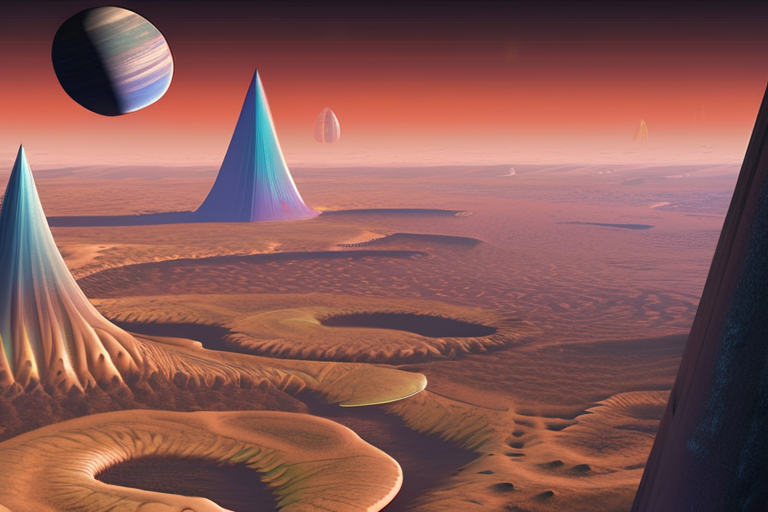
NASA has reached a major milestone with its catalog of confirmed exoplanets now exceeding 6,000, showcasing an astonishing array of celestial bodies that defy Earth-like norms. These newly discovered worlds include extreme examples such as lava-cover
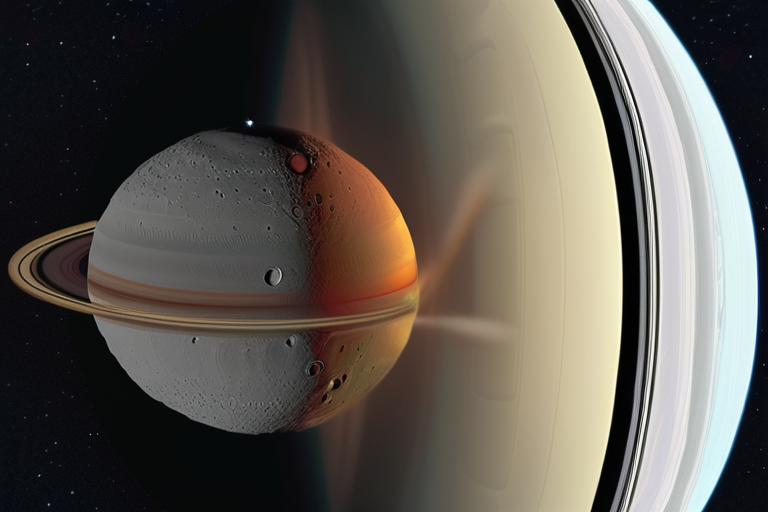
A groundbreaking study from NASA's Cassini mission has shed new light on Saturn's icy moon Enceladus, revealing a surprising heat flow at its north pole that could sustain a liquid subsurface ocean for billions of years, potentially creating a haven
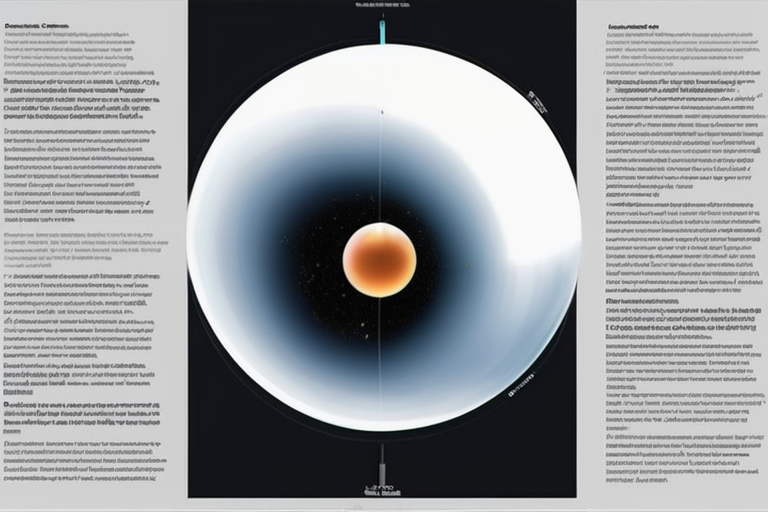
Astronomers have made a groundbreaking discovery with the James Webb Space Telescope, detecting a carbon-rich disk around a giant exoplanet that is likely forming moons. This finding sheds new light on the mysterious absence of confirmed exomoons in
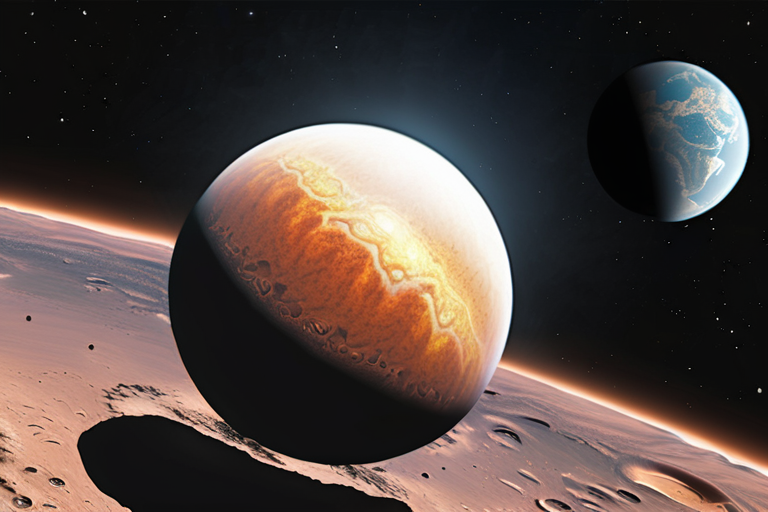
A newly discovered super-Earth, GJ 251 c, located just 20 light-years from Earth, has sparked renewed hope in the global scientific community for finding extraterrestrial life. This potentially habitable exoplanet, with a rocky composition similar to

Scientists have made groundbreaking discoveries on Saturn's icy moon Enceladus, detecting complex organic molecules in ice grains ejected from its subsurface ocean. This finding suggests that the moon's chemistry is similar to Earth's, fueling hopes
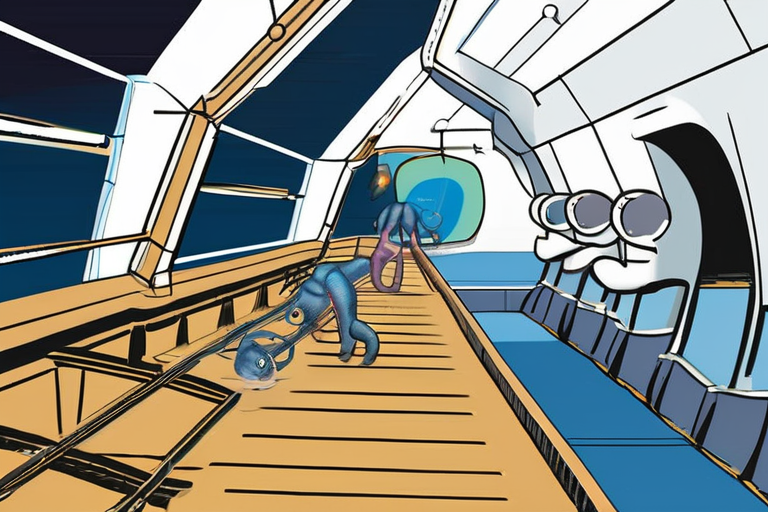
Deep-sea scientists have made a groundbreaking discovery, finding thriving microbial life in a region of the ocean where extreme chemical conditions, including a pH of 12, seemed to defy the possibility of survival. By analyzing lipid biomarkers, res

Scientists have made a groundbreaking discovery, uncovering hidden chemical signatures of life on Earth dating back 3.3 billion years through the use of advanced chemical methods and artificial intelligence. This breakthrough has provided a rare glim
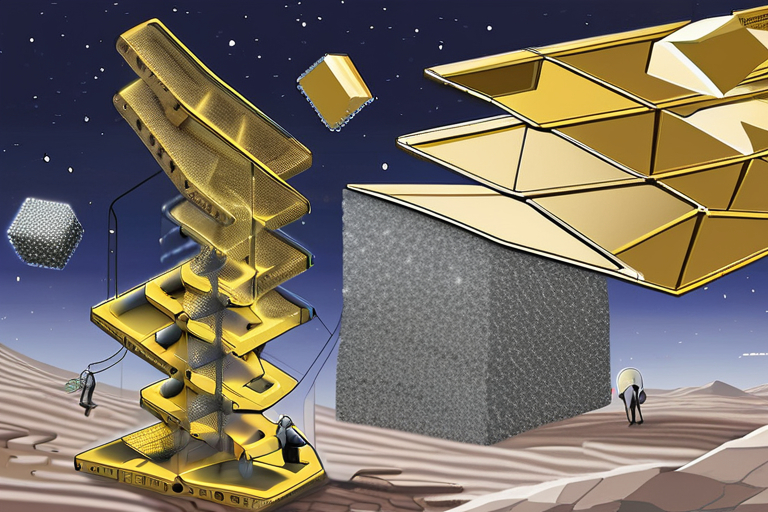
In a groundbreaking discovery, NASA's James Webb Space Telescope has found the building blocks of life frozen in a galaxy next door, the Large Magellanic Cloud, just 163,000 light-years away. This detection of complex organic molecules, including ace
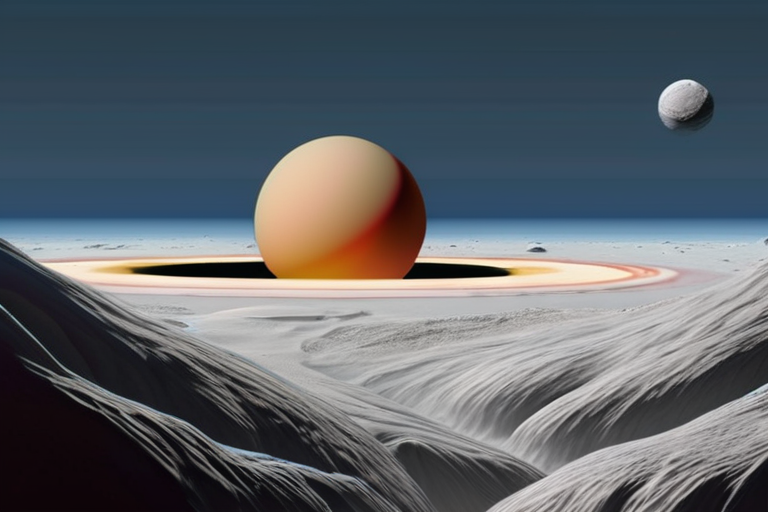
Scientists have made a groundbreaking discovery on Saturn's icy moon Enceladus, revealing a warm ocean beneath its frozen surface that could sustain life for billions of years. According to research from NASA's Cassini mission, Enceladus is releasing

Researchers at the University of Texas at Austin have utilized advanced supercomputing simulations to refine our understanding of Enceladus's icy plumes, revealing a 2040% decrease in mass loss compared to previous estimates. These findings provide c

A groundbreaking discovery is rewriting the search for life beyond our solar system, with scientists uncovering the secrets of "steam worlds" - water-rich exoplanets known as sub-Neptunes that orbit extremely close to their stars. These mysterious pl
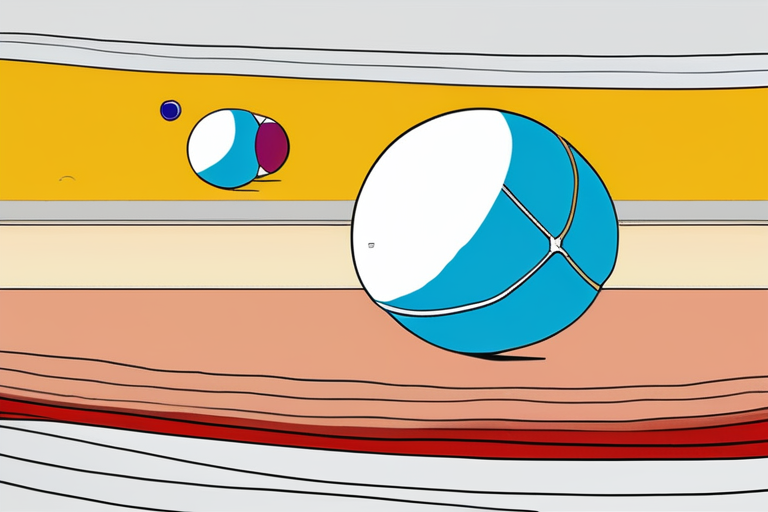
Scientists have made a groundbreaking discovery on Saturn's moon Enceladus, detecting complex organic molecules in its icy plume, which could indicate that the moon's hidden saltwater ocean may harbor conditions suitable for life. This finding streng
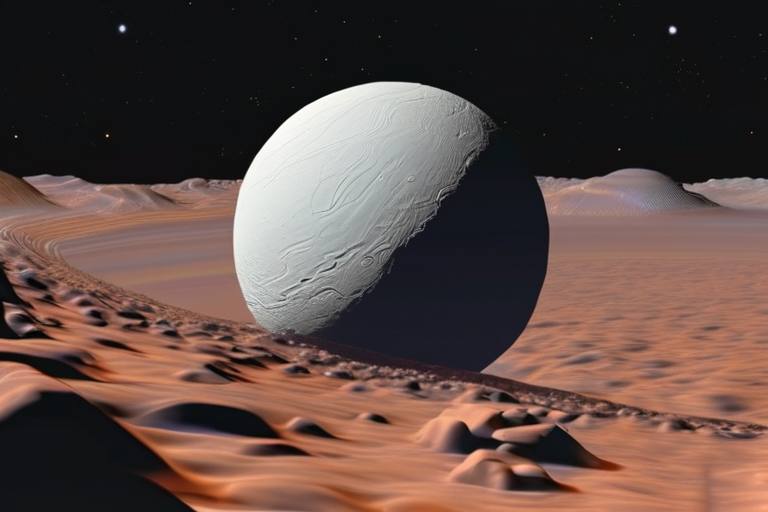
A recent study of Saturn's moon Enceladus has revealed the presence of organic compounds never before detected on the icy world, sparking renewed hope for the possibility of life existing beneath its surface. The findings, based on data from NASA's C

Scientists at the Korea Research Institute of Standards and Science have made a groundbreaking discovery, revealing a new ice phase, Ice XXI, through an extreme-pressure experiment. Using advanced technology, they observed water's rapid freezing and
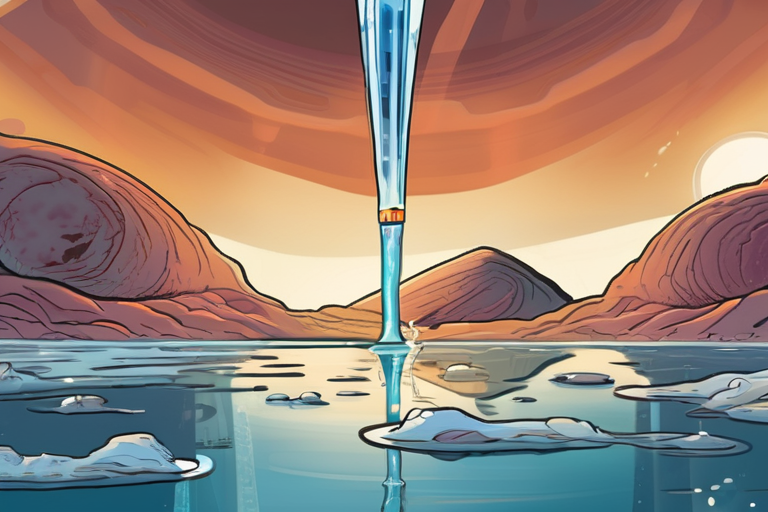
Scientists have conducted groundbreaking experiments to understand the formation of water-rich planets, a common type found in the galaxy but absent in our solar system. The research, which simulated high-pressure and temperature conditions, revealed
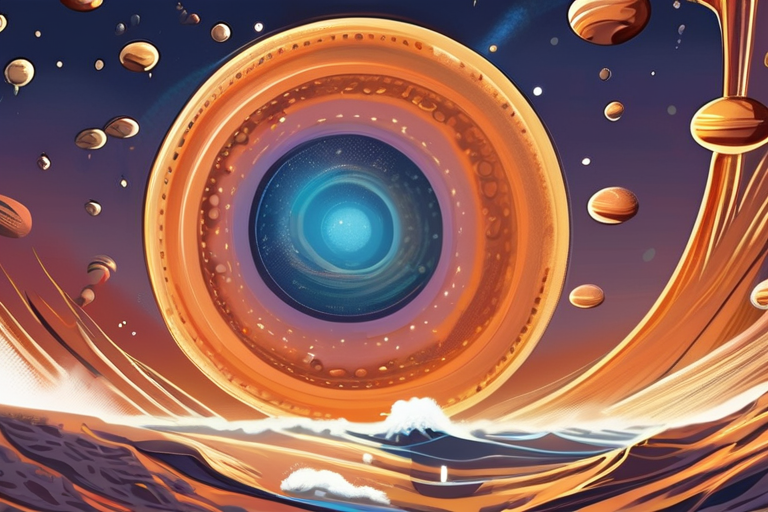
Scientists have conducted groundbreaking experiments to understand how planets form, revealing a surprising abundance of water generation during the process. Their findings suggest that a significant amount of water is produced when hydrogen in a pla
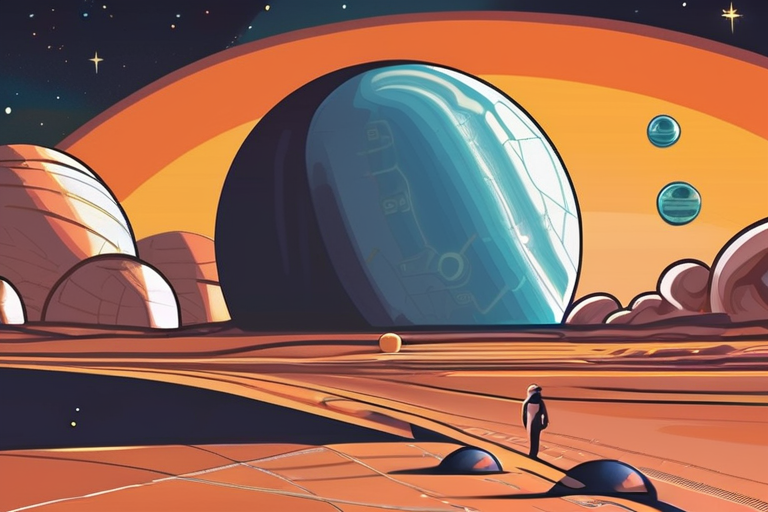
Astronomers have made a groundbreaking discovery of three Earth-sized planets orbiting a binary star system, TOI-2267, located 190 light-years from Earth. This finding, confirmed by an international team of scientists, challenges conventional theorie

Scientists at the Korea Research Institute of Standards and Science have made a groundbreaking discovery, unveiling a novel ice phase known as Ice XXI through an extreme-pressure experiment. Using advanced high-pressure technology and microsecond ima

A newly discovered super-Earth, GJ 251 c, located just 20 light-years from Earth, has sparked renewed hope in the search for extraterrestrial life. This potentially habitable world, with a rocky composition similar to Earth, is considered one of the
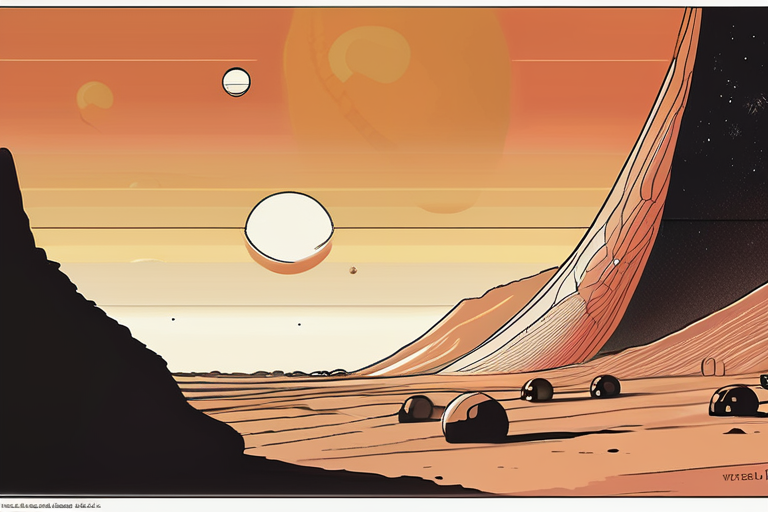
The James Webb Space Telescope has detected hints of an atmosphere on TRAPPIST-1e, a potentially habitable exoplanet 40 light years from Earth. This discovery raises hopes that the planet could be home to liquid water and even oceans or ice. The find
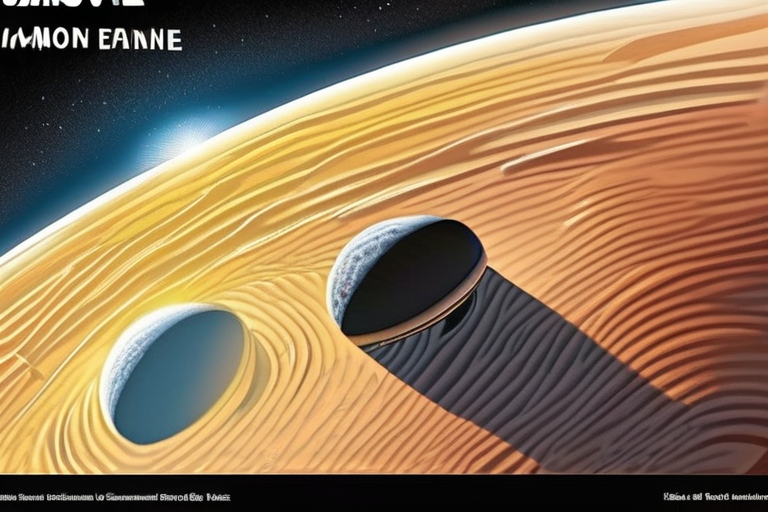
Astronomers using the James Webb Space Telescope have made a groundbreaking discovery, detecting a carbon-rich disk around a giant exoplanet likely forming moons. This finding sheds new light on the mystery of missing exomoons and suggests that moon
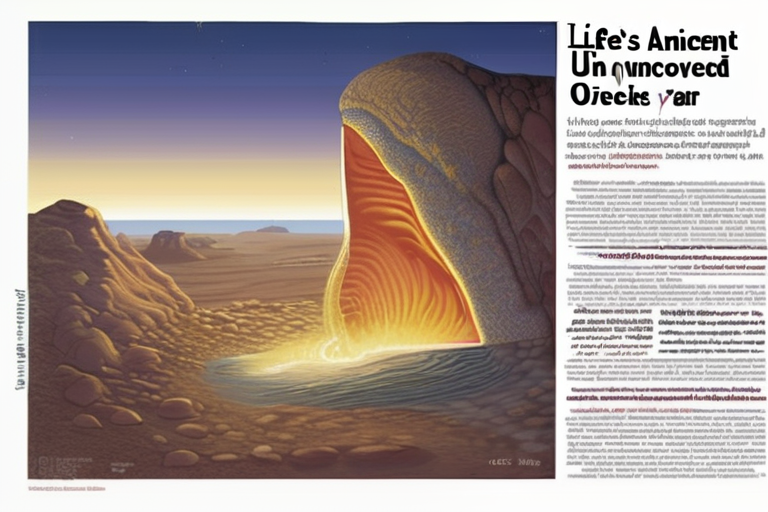
Scientists have made a groundbreaking discovery, using AI to uncover hidden chemical signatures of life on Earth dating back 3.3 billion years. By analyzing ancient rocks and fossils, including exceptionally well-preserved seaweed from Canada's Yukon
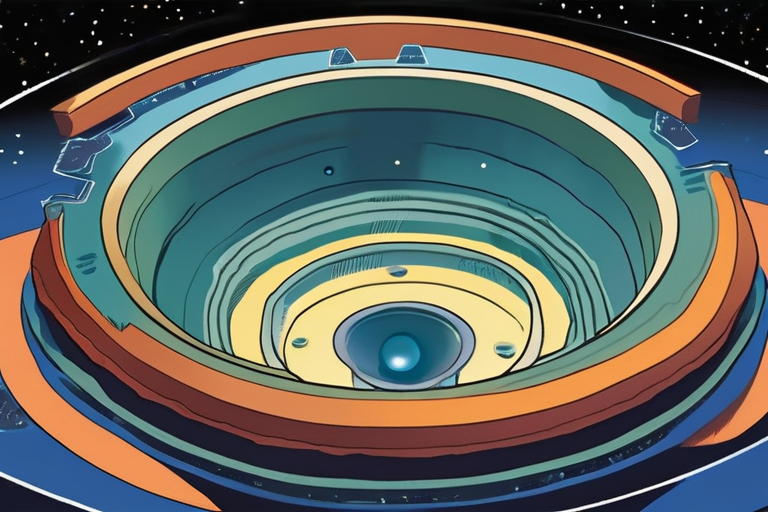
Scientists have conducted groundbreaking experiments to understand the formation of water-rich planets, a common type found in the galaxy but absent in our solar system. The research reveals that a reaction between hydrogen and magma can produce sign
Astronomers are cautiously optimistic about the potential for life on TRAPPIST-1e, one of seven planets orbiting a small red dwarf star 40 light years from Earth. Recent observations using the James Webb Space Telescope suggest that this exoplanet ma
Share & Engage Share
Share this article